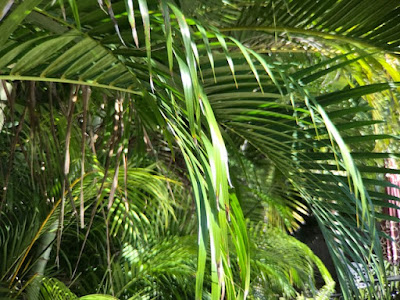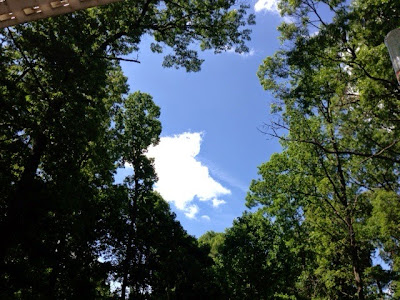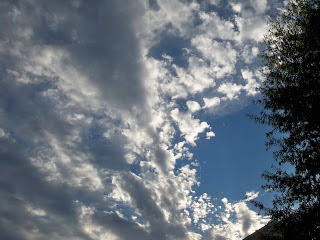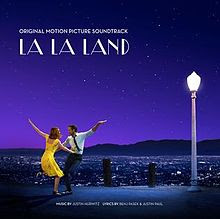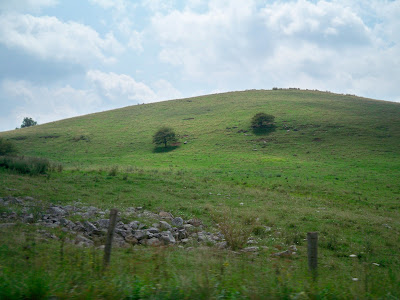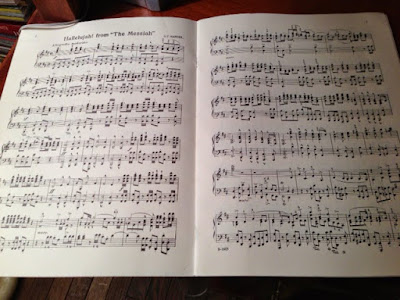Ascending Descenders
The late musicologist Karl Haas, who I still remember fondly from his radio show “Adventures in Good Music,” once had a program about “ascending descenders” or something of the sort. He may not have used that term, but his point was to celebrate the impact wrought from notes that descend in pitch but elevate in intensity.
I see the same process at work in the foliage of south Florida. Yes, palm fronds arch up and over in graceful arcs. Though their new growth shoots ever heavenward, they have an earthbound quality, too. Same with the long stringy stems (botanists would know what to call these things) that are perhaps the beginnings of a new branch.
In thinking about the foliage and the music I see a common theme: a celebration of life as it is, the ups, the downs, the beginnings and the ends. Recognizing the nobility in all of it.
